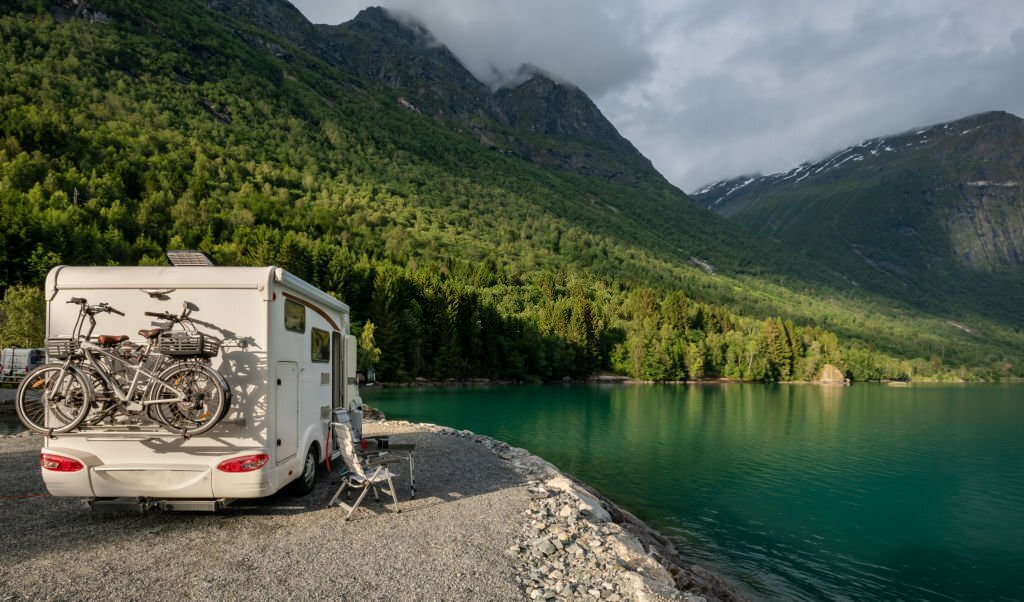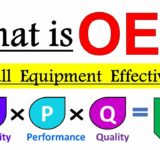Did you know that over 11 million American households own an RV as of 2023? More and more people discover the benefits of an RV road trip each year.
However, it’s important to prepare your RV properly so that you can have the best experience possible. If you’re a new owner or you’re planning to buy an RV, there are some important things to consider before you hit the road.
The following guide will help you create an RV travel checklist so that you can enjoy your trip.
Consider Your RV Type
If you have a Class A motorhome that’s 40 feet long, you might need to plan out your campground well in advance. Meanwhile, you might not be able to pack as much food and cook your own meals in a smaller 21-foot Class C RV.
Comparing your RV to your chosen route and campsite is the first item to add to your checklist. Sometimes it’s fun to spontaneously drive to random campsites without any planning, but it’s a gamble that might not pay off in the end.
Set a Budget
On an RV road trip, you’ll end up spending the most on fuel, campsite fees, and groceries. Of course, those things can change a lot depending on the kind of trip you plan out.
It’s important to know the miles per gallon of your RV to help you choose an affordable route. Note that you don’t need to travel extremely far distances to have an awesome trip.
Next, budget out your campground expenses to help balance out your spending along the way. That way if you treat yourself to an expensive resort for one stop, you can choose something cheap like boondocking for the next stop.
Some RV travelers conserve money by parking overnight at places like Cabela’s and Walmart parking lots. It’s a great way to save your budget if you accidentally spend a bit too much at any point. Always find out about local ordinances before parking anywhere.
Go Over Your Route
You’ll want to double-check that the route you choose is an RV-friendly path. A lot of sightseers like to explore scenic byways and less-traveled backroads. However, road trip planning for RVs requires a little extra consideration.
Check the route for any bridges or tunnels with low clearances. Keep in mind that some tunnels and bridges have propane restrictions, too.
Make sure to plan out your gas station stops so you know that their parking lots can accommodate the size of your RV. Be mindful of any switchbacks or steep grades that look difficult to navigate while driving an RV.
Even if you choose not to alter your route, you’ll be more prepared for challenges and have a safer trip.
Booking Campsites
When it comes to booking your campsites, the further in advance the better. Spots for RVs are in high demand and it’s often difficult for new RV drivers to find a campsite last minute.
You’ll find that the most popular state and national park campgrounds usually require booking months in advance. So, pick a date for your trip and get prepared to make your reservations far ahead of time.
Go over some online reviews to confirm the campground is a good match for your trip. Check that the campsite offers the amenities that you want such as a swimming pool, hot tub, or simply clean bathrooms.
Always looks for any cancellation policies and set important date reminders on your phone. Keep a hard copy of your reservation and a copy on your phone so that you’re prepared if your plans change.
Set a Realistic Arrival Time
New RV owners typically make the mistake of thinking the drive time estimates for cars work the same way for RVs. So, it’s crucial to set realistic goals when you plan a road trip.
For example, set an average speed of 50 MPH for your drive. It might seem like a very slow speed, but it helps compensate for all the gas stops you’ll make.
Remember that it takes a lot more focus to drive an RV than it does a car and wears you out faster. That’s why experienced RV drivers use the 3/300 rule. They don’t travel over 300 miles each day and they always reach their destination before 3 p.m.
Download Helpful Apps
Google Maps and other popular navigation apps work great if you’re driving a car, but they’re not designed for RVs. Fortunately, there are several RV route planning sites and apps available.
They often include helpful information such as locations with free overnight parking, restaurants, and unique recreational activities. These apps also make note of any campground memberships you have and prioritize them for your route.
They often feature booking options for campsites directly from the app. RV apps typically let users save their preferences as well, which makes planning future trips much faster.
How to Pack
Every RV traveler has different opinions about what items to bring on trips based on their own preferences. If it’s your first time taking an RV trip, you might not even know what those preferences are yet.
Know that you’ll need enough clothes and food for the length of your trip. Think about things like toiletries, toys, electronics, and any other items you might want to bring.
You’ll also need to think about how much space you’ll need for your tools and utility items. Examples include headlamps, duct tape, hammers, wrenches, screwdrivers, and first aid kits.
Planning an RV Road Trip
Now you have a good idea of how to prepare for an RV road trip by thinking about a few factors beforehand. Remember to set a budget, book in advance, examine your route, set realistic goals, and pack wisely!







